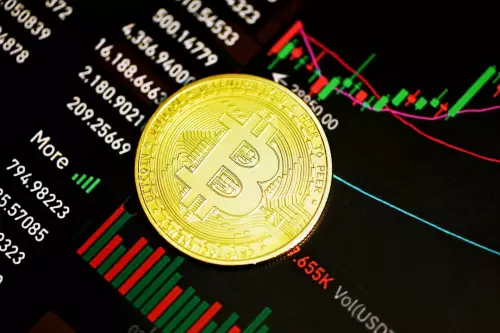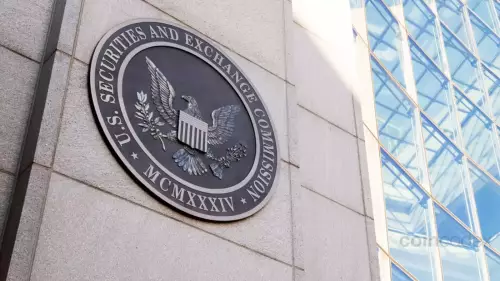Solana's poised for a potential speed boost thanks to Firedancer and proposal SIMD-0370. Removing block limits could unlock serious throughput. Is it a game-changer?

Solana's always been about speed, and now things are about to get even faster. With the Firedancer client and the proposed SIMD-0370 upgrade, Solana is aiming to remove the network's fixed block limit, letting validators process transactions as fast as their hardware allows. Could this be the turbo boost Solana needs?
The Need for Speed: Why Remove the Block Limit?
Currently, Solana operates with a fixed compute unit (CU) block limit. The Firedancer team argues that this limit prevents the network from reaching its full potential. By removing it, Solana could scale automatically based on validator capabilities, leading to higher throughput and lower latency, especially during peak demand.
Firedancer and Alpenglow: A Dynamic Duo
This proposal is heavily reliant on the Alpenglow upgrade, scheduled for testnet deployment in December 2025. Alpenglow introduces a "skip-vote" mechanism, allowing validators to skip blocks they can't process quickly, preventing slower validators from bottlenecking the network. This, coupled with Firedancer's efficient client, could result in processing over 1 million transactions per second.
The Potential Benefits: A Performance Flywheel
The removal of the block limit could create a “performance flywheel.” Block producers would compete to pack more transactions, earning higher fees. Validators that frequently skip blocks would lose rewards, incentivizing them to upgrade their hardware. This competition could drive continuous improvement across the network.
Concerns and Considerations
Of course, there are concerns. Some worry that removing the block limit could lead to network centralization, as larger validators with more resources could dominate. Others are concerned about potential technical risks and the ability of the peer-to-peer network to handle variable block sizes. However, the SIMD-0370 proposal is future-compatible and does not preclude concurrent-proposer architectures later.
The Road Ahead: Testing and Implementation
The SIMD-0370 proposal is currently under review. Testing will be crucial to ensure the skip-vote mechanism works reliably and that the network can handle variable block sizes. If successful, this upgrade could mark a significant step toward Solana becoming one of the fastest blockchains in the world. Mainnet activation is planned for Q1 2026, with SIMD-0370 potentially following after Alpenglow stabilizes.
Solana's Future: Buckle Up!
The proposed changes, especially with Alpenglow, could have Wall Street giants watching even more closely. With multiple asset managers, including Franklin Templeton and Fidelity, filing for Solana ETFs, the future looks bright. The key is balancing decentralization with performance gains.
So, is this the speed boost Solana needs to truly take off? Only time will tell, but one thing's for sure: it's going to be an interesting ride. Get ready to trade safely, earn yield, and never miss momentum shifts. The future is now!














































































